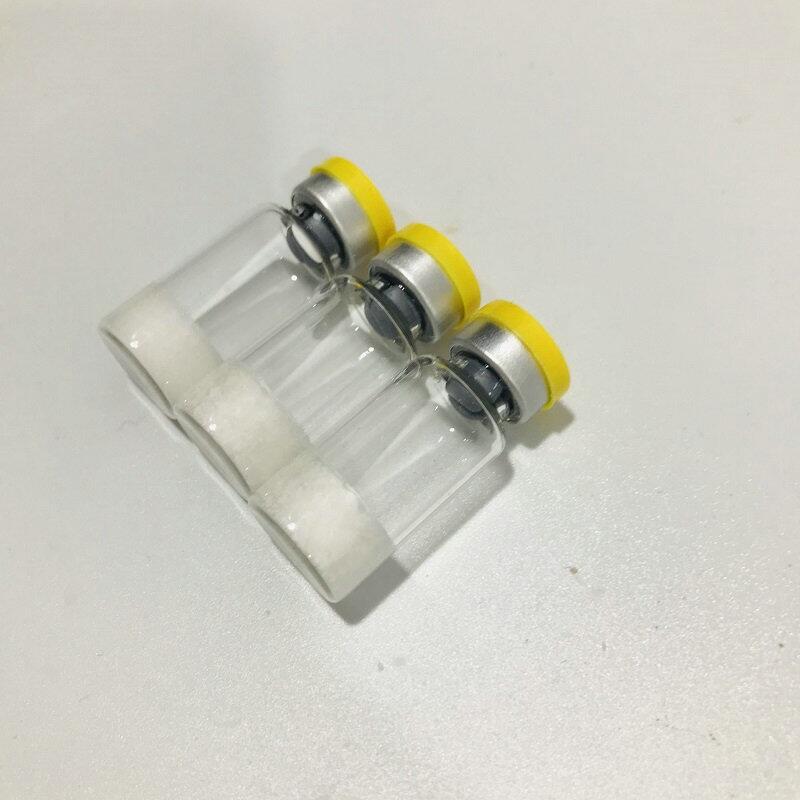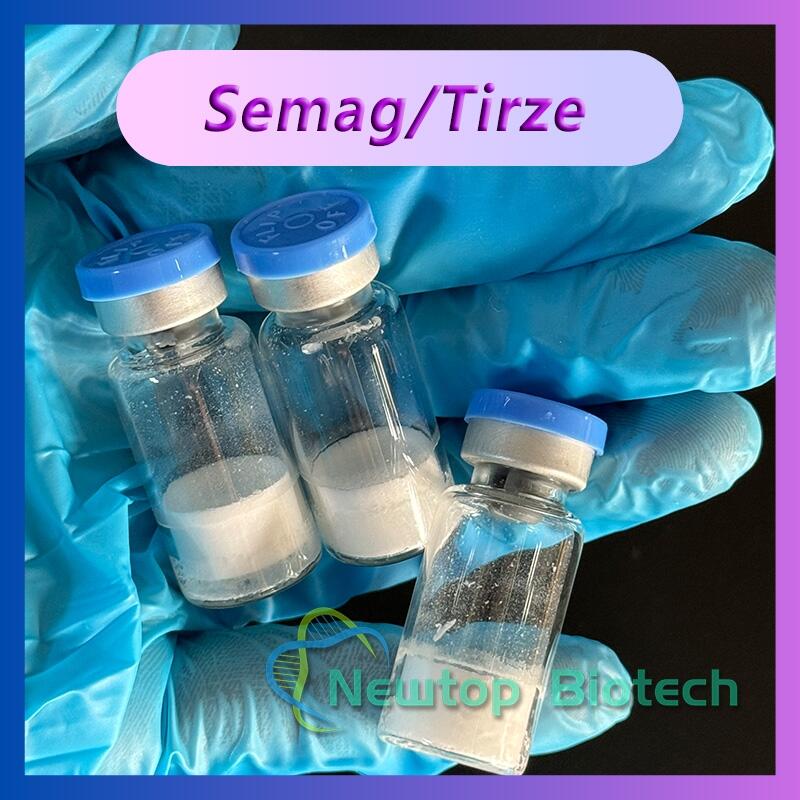-
Categories
-
Pharmaceutical Intermediates
-
Active Pharmaceutical Ingredients
-
Food Additives
- Industrial Coatings
- Agrochemicals
- Dyes and Pigments
- Surfactant
- Flavors and Fragrances
- Chemical Reagents
- Catalyst and Auxiliary
- Natural Products
- Inorganic Chemistry
-
Organic Chemistry
-
Biochemical Engineering
- Analytical Chemistry
-
Cosmetic Ingredient
- Water Treatment Chemical
-
Pharmaceutical Intermediates
Promotion
ECHEMI Mall
Wholesale
Weekly Price
Exhibition
News
-
Trade Service
Sodium isopropylbenzenesulfonate (SIBS) is a widely used chemical in the chemical industry due to its versatile properties.
It is commonly used as a surfactant, emulsifier, and solvent in various industrial and household applications.
However, the safety of SIBS has been a topic of concern for several years.
In this article, we will explore the safety of SIBS in the chemical industry and assess its potential risks to human health and the environment.
Toxicology and Safety Profile
Sodium isopropylbenzenesulfonate is known to be potentially toxic if ingested, inhaled, or comes into contact with the skin.
SIBS has been classified as a moderate health hazard by the National Toxicology Program (NTP) and the Occupational Safety and Health Administration (OSHA) due to its potential to cause skin irritation, respiratory irritation, and gastrointestinal disturbances.
Prolonged exposure to SIBS can cause skin sensitization, allergic reactions, and even cancer.
However, the toxicological profile of SIBS varies widely depending on the concentration and duration of exposure.
Studies have shown that SIBS is generally safe when used in small quantities and in appropriate conditions.
Furthermore, SIBS can be safely handled and used with proper protective equipment, including gloves, goggles, and respirators.
Environmental Impact
The environmental impact of SIBS is another area of concern.
SIBS is a potential source of pollution, particularly in waterways.
Studies have shown that SIBS can be toxic to aquatic life, including fish and other aquatic organisms.
SIBS can also bioaccumulate in the food chain, leading to potential health risks for both humans and wildlife.
However, the environmental impact of SIBS can be minimized by proper disposal and treatment of waste containing SIBS.
The use of biodegradable products and recycling can also reduce the amount of SIBS that ends up in landfills and the environment.
Handling and Storage Requirements
To ensure the safety of SIBS, it is crucial to follow proper handling and storage requirements.
SIBS should be stored in a cool, dry place and kept away from direct sunlight.
It should also be stored away from ignition sources and protected from moisture and humidity.
Proper ventilation is also essential when handling SIBS to prevent inhalation of vapor or dust.
Furthermore, SIBS should be handled with appropriate protective equipment, including gloves, goggles, and respirators, to prevent skin and eye contact and inhalation of vapor or dust.
It is essential to wash hands thoroughly after handling SIBS to prevent skin exposure.
Regulatory Framework
The regulatory framework for SIBS varies by country, but it is generally classified as a hazardous chemical.
SIBS is subject to various regulations and guidelines, including the Hazard Communication Standard (HCS) in the United States, the Control of Substances Hazardous to Health (COSHH) in the United Kingdom, and the Globally Harmonized System of Classification and Labeling of Chemicals (GHS) internationally.
These regulations require manufacturers, importers, and users of SIBS to provide proper labeling, safety data sheets, and training to workers handling the chemical.
The regulations also require proper disposal and treatment of waste containing SIBS to minimize the environmental impact.
Conclusion
Sodium isopropylbenzenesulfonate (SIBS) is a versatile chemical used in various industrial and household applications.
While the safety of SIBS varies depending on the concentration and duration of exposure, proper handling and storage requirements can minimize the potential risks to human health and the environment.
The regulatory framework for SIBS is designed to ensure the safe use and dispos







